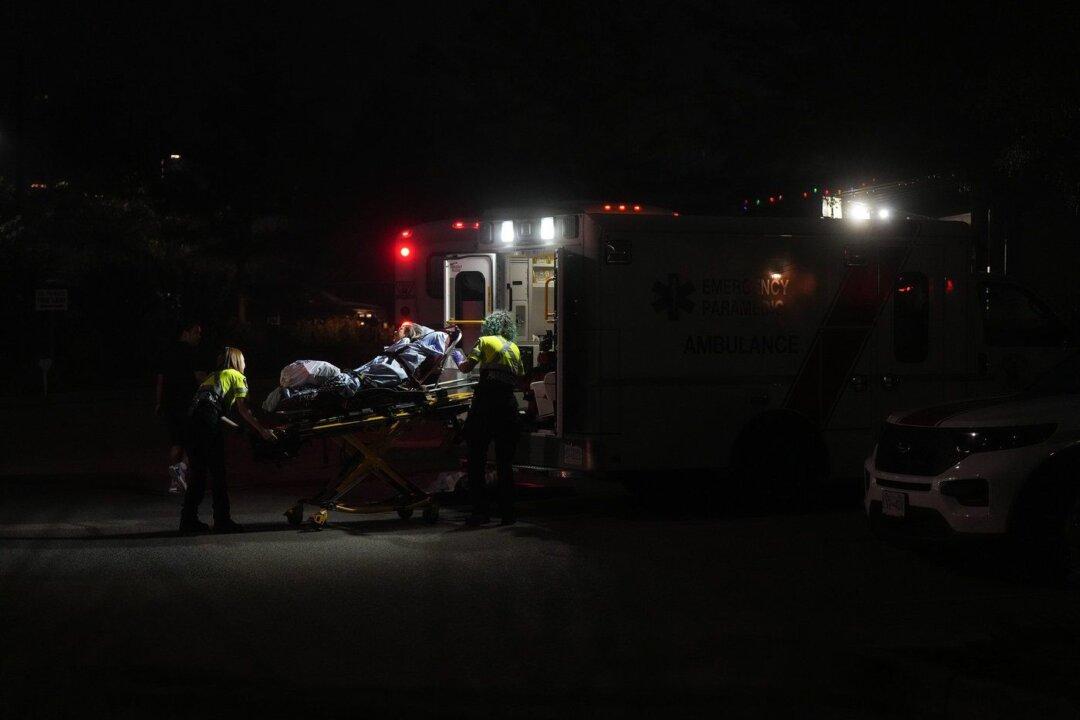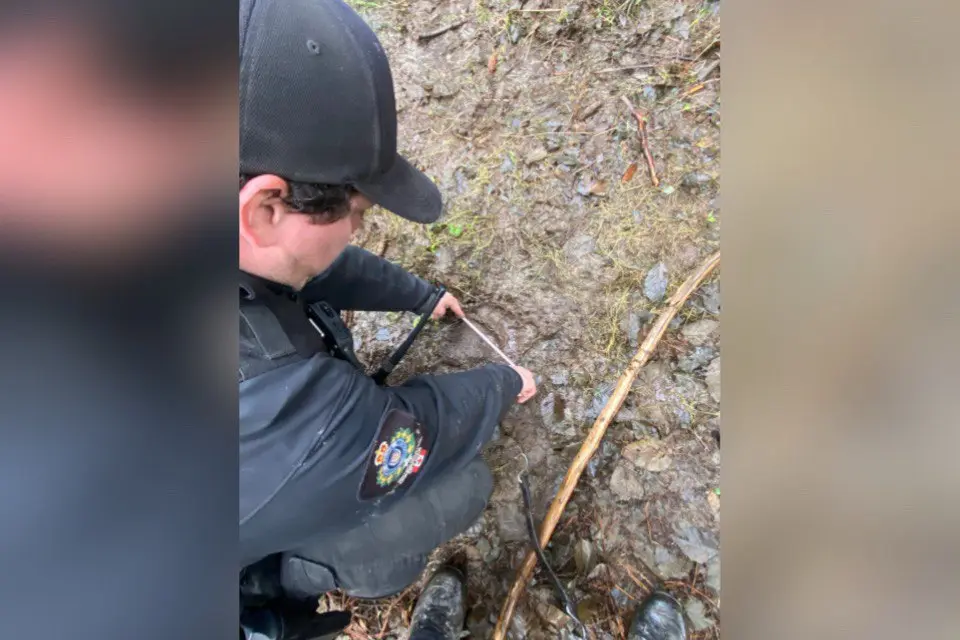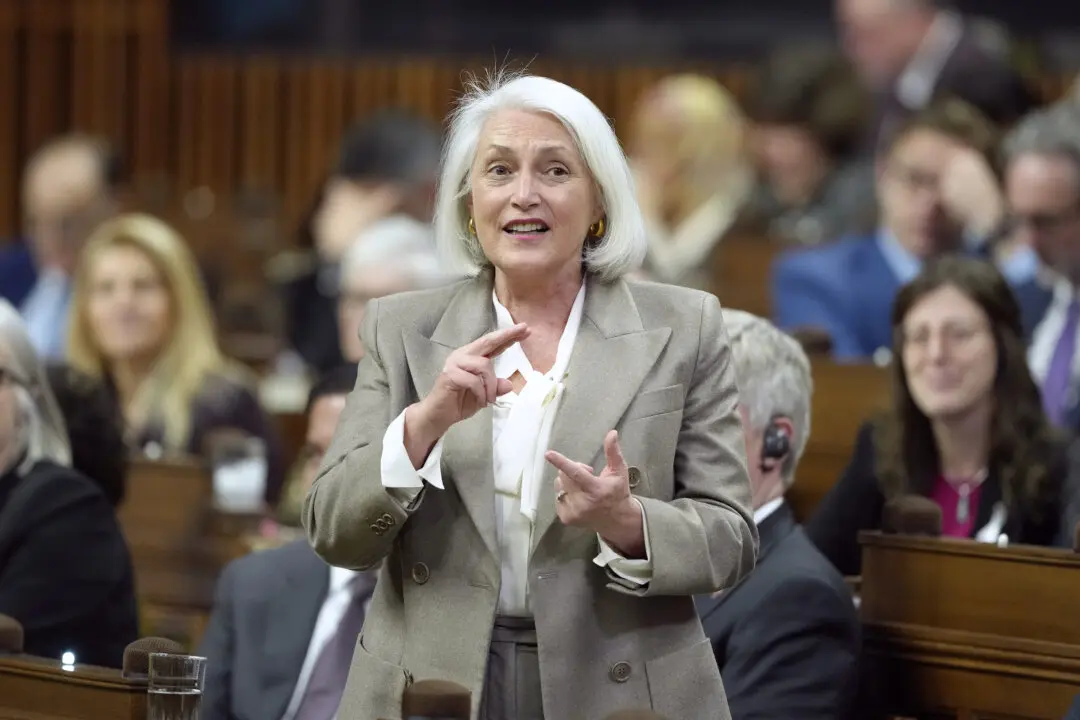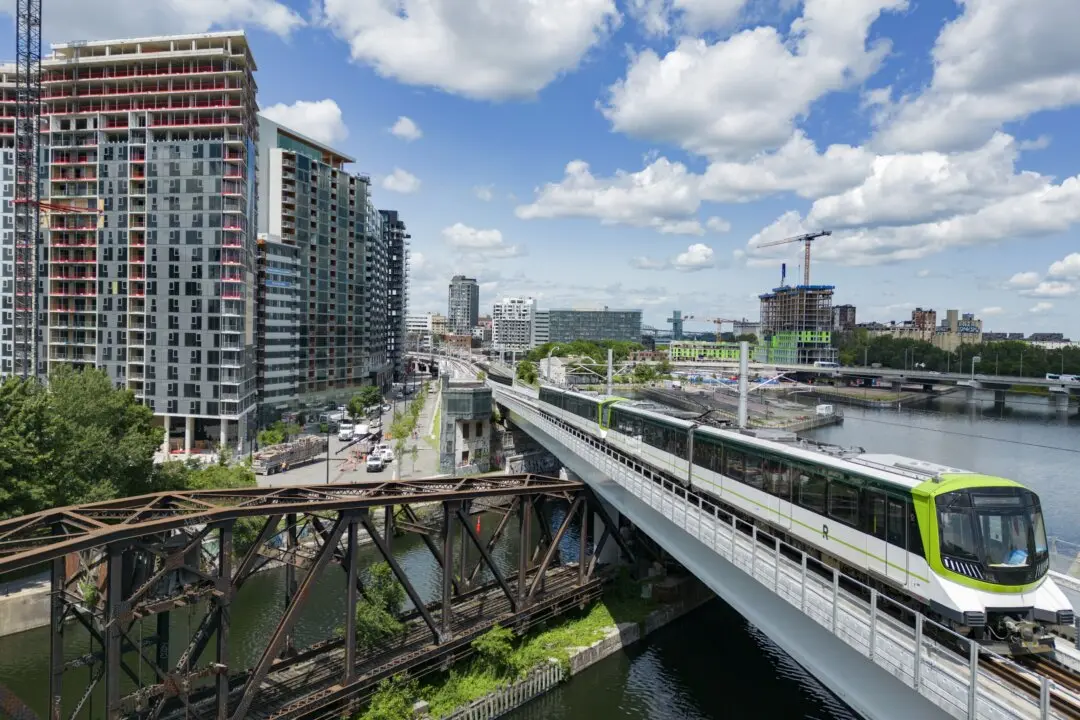Nearly 900 seniors have been forced out of care facilities in a wildfire-ravaged region of British Columbia while the province has joined Alberta in receiving medical evacuees from the Northwest Territories, where thousands of residents have escaped dangerous conditions.
Susan Brown, CEO of Interior Health in B.C., said most of the residents were transferred from long-term care homes and memories of the devastation from past fires in the province may be exacerbating angst among both patients and employees.





